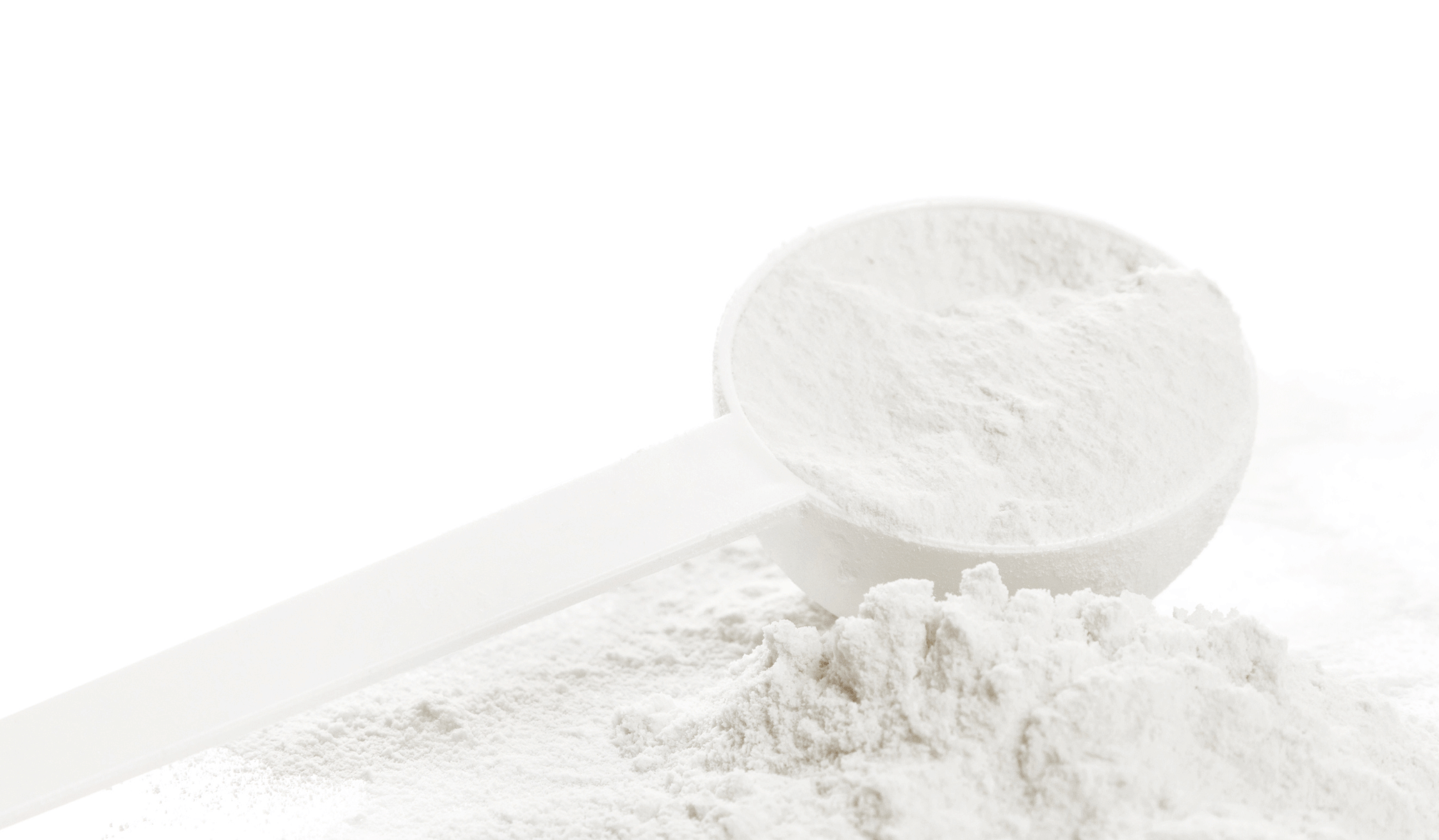Discovering clumpy creatine instead of the familiar powdery texture can be unsettling. This sudden change sparks a vital question: Is clumpy creatine bad?
Beyond mere aesthetics, it’s crucial to know if this transformation affects the supplement’s efficacy and safety.
In this article, we will explore the science behind clumpy creatine and offer insights into its implications for your fitness journey.
Is Clumpy Creatine Bad to Consume?
No, clumpy creatine is generally safe to consume. The clumpiness primarily arises from moisture absorption.
However, while the safety of the creatine isn’t compromised by this moisture-induced texture, its effectiveness might be.
When creatine absorbs moisture, it can lead to a minor decrease in its potency, especially if it’s been clumpy for an extended period.
So, while the quality in terms of safety remains intact, the performance aspect of the creatine might be slightly affected.
Now, you might wonder: what’s the root cause behind this clumpiness? Let’s find out!
Why Does Creatine Become Clumpy?
Creatine’s transformation into a clumpy form can be perplexing, especially when you’re expecting a fine powder. Several factors contribute to this change:
The Role of Moisture

At its core, creatine is hygroscopic. This means it naturally draws in and holds onto water from its surroundings.
When you’re in areas with high humidity or if the temperature fluctuates often, creatine is more likely to absorb this ambient moisture, leading to clumps.
Packaging and Exposure
The way creatine is packaged plays a pivotal role in its texture. If the container lacks desiccants—those small packets designed to absorb excess moisture—creatine can become clumpy faster.
Additionally, if the seal on the creatine container isn’t airtight or if it’s frequently opened and exposed to air, moisture can easily seep in.
Other Factors
The age of the creatine can also influence its consistency. Over time, even well-stored creatine can develop small clumps.
Furthermore, certain manufacturing processes or the inclusion of specific additives can alter the texture of the supplement, making it more prone to clumping.
Preventing Clumpy Creatine: Solutions for the Future
No one likes opening their creatine to find it’s turned into a clumpy mess.
Fortunately, with a few proactive measures, you can keep your creatine in its optimal powdery form.
Optimal Storage Practices
The first line of defense against clumpy creatine is how you store it. Using airtight containers is crucial. These containers prevent moisture from seeping in, ensuring the creatine remains dry.
Additionally, find a storage spot that’s consistently cool and dry. Avoid places like windowsills or near ovens where direct sunlight or heat can affect the product.
Checking Packaging Integrity

When you purchase a new container of creatine, pay close attention to the lid. It’s crucial that the lid fits securely and seals the container tightly.
Any gaps or defects in the lid can allow external moisture to enter, which can lead to the creatine becoming clumpy.
A well-sealed container is your first line of defense against unwanted moisture and the potential degradation of your supplement.
Regular Checks
Make it a habit to check your creatine’s texture and consistency periodically. If you start noticing minor clumping, it might be time to adjust your storage practices.
When Does Clumping Indicate Unsafe Creatine?
Clumping in creatine, while often benign, can sometimes be a sign of a compromised product.
It’s essential to differentiate between simple moisture-induced clumpiness and clumping that indicates potential contamination.
Here’s when you should be concerned:
Clumping Accompanied by Unusual Odors
Fresh creatine should have a neutral or mildly earthy scent. If your clumpy creatine emits a strong, sour, or moldy smell, it’s a clear indication of contamination.
Such odors can signal bacterial or fungal growth, making the product unsafe for consumption.
Clumping with Discoloration
Creatine is typically a white or off-white powder. If you notice your clumpy creatine has dark, greenish, or any unusual spots, it could be a sign of mold or bacterial presence. This discoloration, especially when accompanied by clumps, is a red flag.
Change in Taste Alongside Clumping

While taste testing is not the primary method of checking creatine’s safety, if you’re familiar with its usual flavor and detect a sharp deviation—especially a sour or bitter taste—it’s a cause for concern. This change, especially in clumpy creatine, can indicate contamination.
Conclusion
Understanding the nature of clumpy creatine is essential for anyone relying on this supplement. We’ve delved into the facts, and now we’d love to hear from you. Have you faced this issue? How did you handle it? Or do you have a favorite brand in which you’re loyal to? Feel free to share your experiences below.

